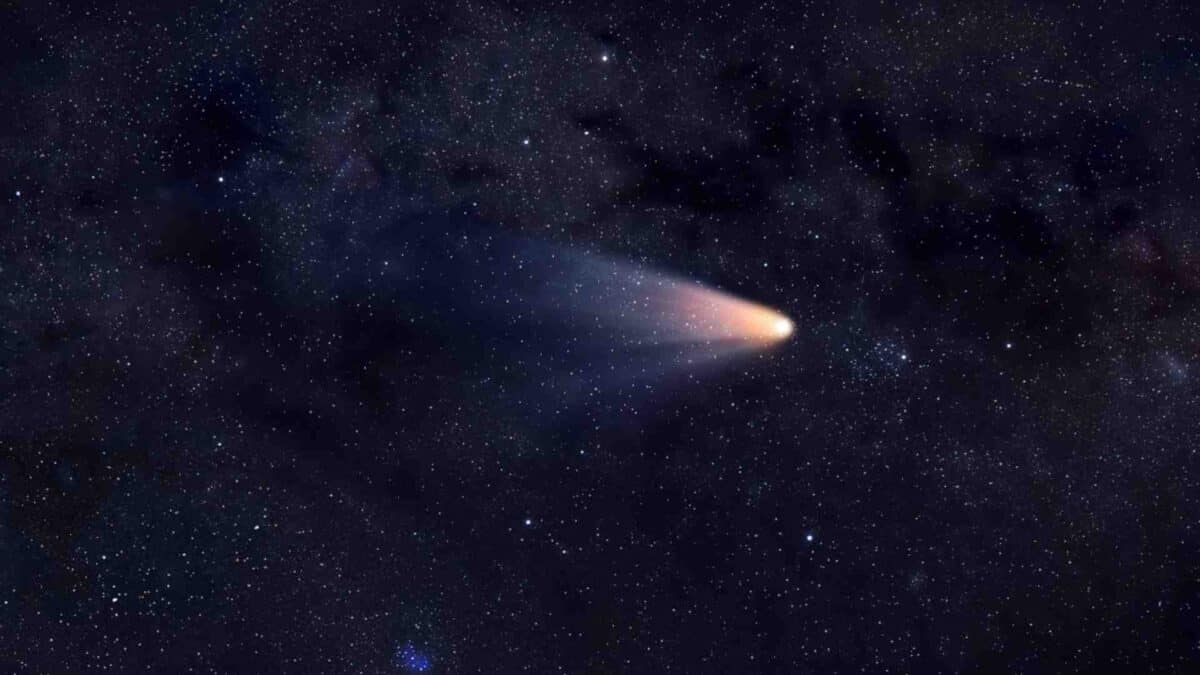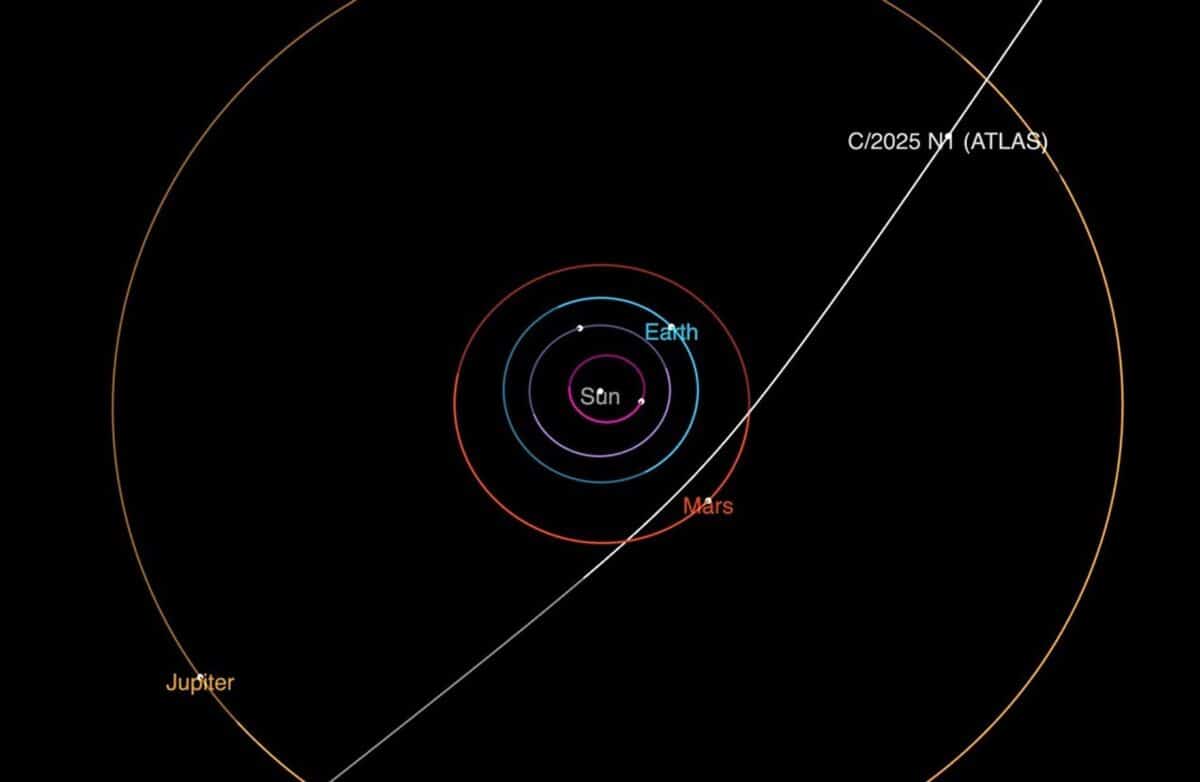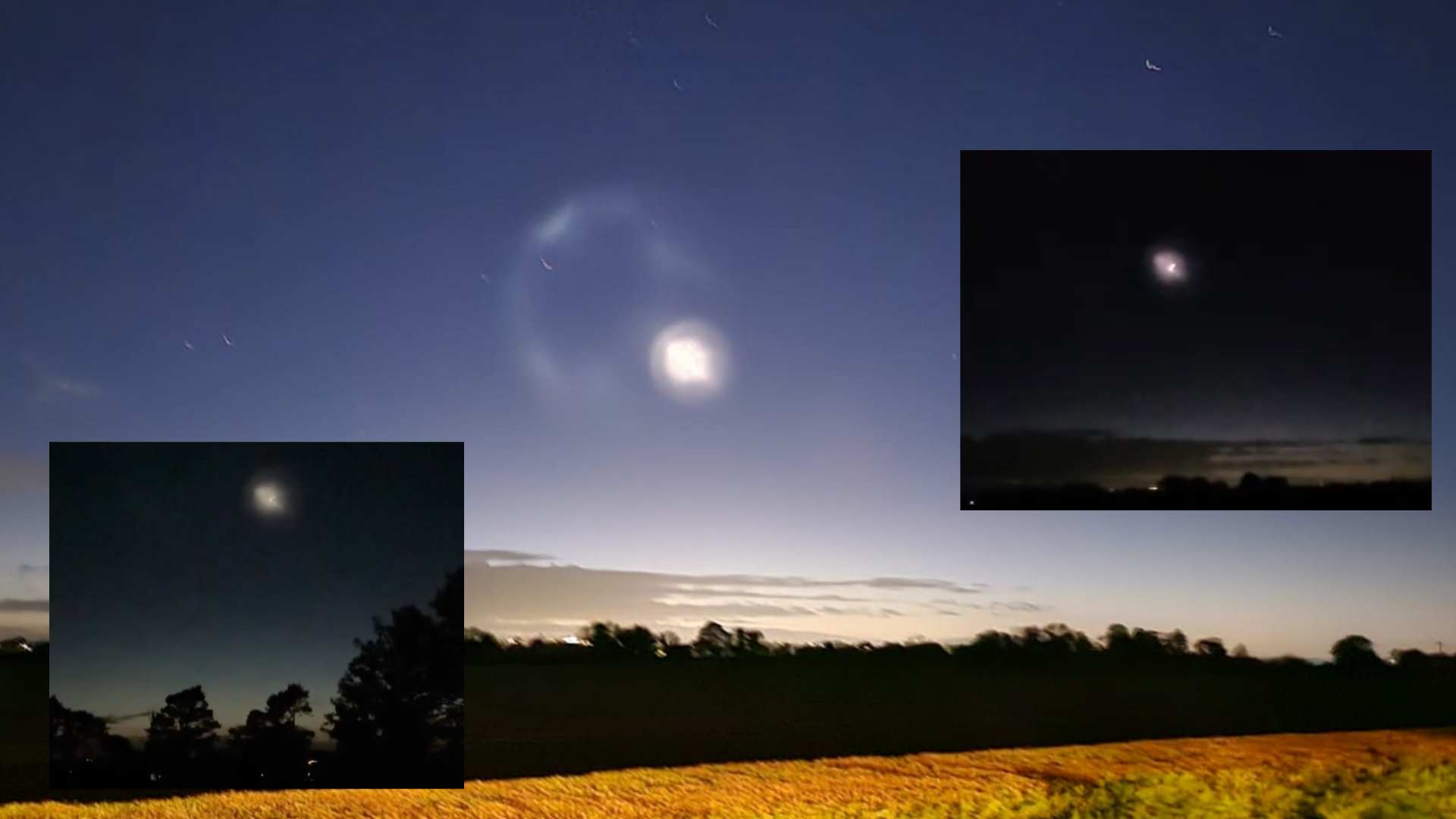
NASA tracking newly discovered interstellar comet

A newly discovered interstellar comet is making its way through our solar system, and while it’s not visible to the naked eye, astronomers around the globe – including researchers supported by NASA – are closely tracking its journey.
Spotted for the first time on July 1st by the ATLAS telescope in Rio Hurtado, Chile, the comet has been officially designated 3I/ATLAS, indicating it’s only the third known object to have entered our solar system from beyond it.
The icy traveller is currently about 670 million kilometres from Earth and arriving from the direction of the constellation Sagittarius.
Since the initial sighting, scientists have traced earlier images of the comet dating back to June 14th, using archived data from telescopes including the Zwicky Transient Facility in California and other ATLAS observatories across the globe.

The good news: there’s no danger to Earth. 3I/ATLAS will remain at a safe distance of at least 1.6 astronomical units – roughly 240 million kilometres – from our planet. It will make its closest approach to the Sun on October 30th, coming just inside the orbit of Mars.
Astronomers are still studying the comet’s size and composition, but early analysis suggests it will stay visible to professional telescopes through September, after which it will pass behind the Sun and temporarily out of view. It is expected to reappear in December for further observation.
Share this WeathÉire story:







